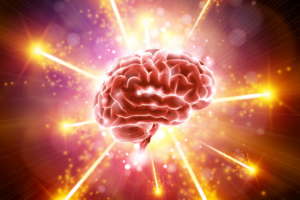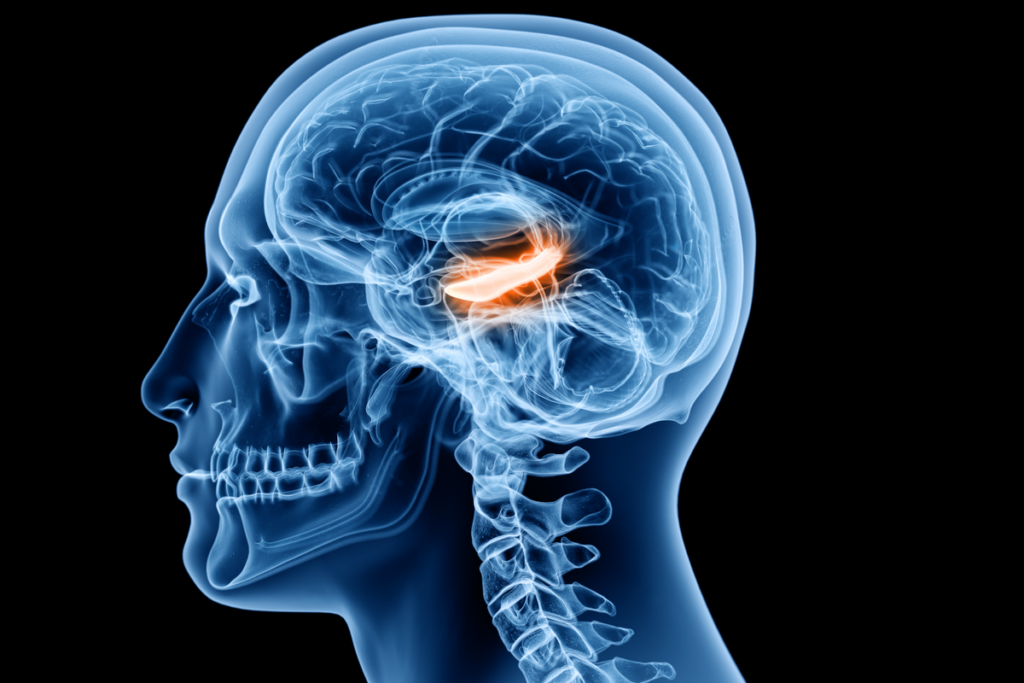Where Are Your Memories Stored?


Written and verified by the psychologist María Vélez
Because of its complexity and ability, your memory is a fascinating phenomenon. No doubt you’ve wondered how it’s possible to remember a particular afternoon playing in the park during your childhood. You ask yourself how it’s possible to retain so much information and where these memories are stored in your brain.
Thanks to your memory, you can relive your experiences, implement new solutions, and maintain your identity. To do this, your memory encodes information so that your brain can ‘read’ it and retrieve it when needed. But where do you store it?
The hippocampus and memory
The hippocampus is probably the brain structure that’s most important in the process of memory. In fact, this region, located in the limbic system, is crucial for the formation, storage, and retrieval of memories. More specifically, it’s related to different aspects of memory and fulfills a number of functions, including:
- Associating positive or negative emotions with memories.
- Facilitating the storage of recent information in long-term memory.
- Providing a spatial and temporal context to memories.
The hippocampus is in charge of saving memories. In other words, it stores sensitive experiences that you’ve obtained from different channels or senses. However, it not only stores information, but it does so in an integrated way. If you stop to analyze what you do on a daily basis, you’ll realize how fascinating this process is.
All the details in your memories have a fundamental role. In fact, they act like drawer handles: you can hold on to them and pull them out to recover your memories. For example, when you listen to a specific song, you transport yourself to a certain moment back in time or, when you smell a particular perfume, you remember the person you knew who used to wear it.

Where are the details of memories stored?
As stated above, the role of the hippocampus is unquestionable. That said, questions remain concerning how and where the details of memories are stored. This part of the process is essential because if the features or elements of a particular memory weren’t stored independently, there would probably be only one stimulus that could evoke that memory.
Put another way, itemized storage allows memories to be stored in a more organized or classified way. It’s as if you write a series of hashtags that allow you to access them in a simpler or more varied way. For example, to bring the memory of that special birthday picnic in the sunshine to mind, you might use the tags #birthday #family #sun #picnic.
Experts have suggested two possibilities as to how this storage is carried out and where. One option is that the storage of the elements is integrated into the hippocampus. This would mean that the activation of neurons responsible for encoding specific stimuli would provoke a global memory response. The other possibility is that the details are stored in separate areas which, in turn, have access to the joint representation of the hippocampus.
New discoveries
A research team from Rockefeller University (USA) investigated the hippocampal and cerebral cortex circuits in real time during the formation, storage, and retrieval of complex memories. Their findings, published in the prestigious journal, Nature, have been extremely revealing.
The researchers conducted a study with mice. They used novel techniques that made it possible to record neuronal activity in multiple areas at the same time, while the animals navigated endless corridors.
In these corridors, the mice encountered different combinations of smells and sounds, which were either associated with rewarding or negative experiences. Thanks to detecting a specific smell or sound, the mice were able to remember the entire experience and successfully solve the task.
The results of this study have revealed that the hippocampus, more specifically the entorhinal-hippocampal pathway, was involved in the formation and storage of experiences. However, they also found that individual sensory features were processed and recorded by the prefrontal cortex.
Furthermore, the results showed that when the mice encountered a specific feature, the prefrontal neurons communicated with the hippocampus to evoke the global memory.

Implications and conclusions
These findings have theoretical and practical implications. Indeed, now we know that the storage of complex memories occurs as a whole and is classified by parts. This separation supposes that being exposed to an individual stimulus is enough to activate the prefrontal cortex and, consequently, evoke a memory.
In terms of developing treatments, the discovery could be relevant to Alzheimer’s disease, where retrieval of memories is most affected. In fact, the existence of several storage routes could contribute to the development of different recovery strategies. Therefore, the use of prefrontal pathways for Alzheimer’s patients might be more promising therapeutically.
In conclusion, we still have a lot to learn about the brain and its functioning. Nevertheless, we now know that the hippocampus is not the only place where memories are stored. The prefrontal cortex is also involved in storing the most specific aspects of the experiences we encounter.
All cited sources were thoroughly reviewed by our team to ensure their quality, reliability, currency, and validity. The bibliography of this article was considered reliable and of academic or scientific accuracy.
- Justel, N., Psyrdellis, M., & Ruetti, E. (2013). Modulación de la memoria emocional: una revisión de los principales factores que afectan los recuerdos. Suma psicológica, 20(2), 163-174.
- Solís, H., & López-Hernández, E. (2009). Neuroanatomía funcional de la memoria. Archivos de neurociencias, 14(3), 176-187.
- Yadav, N., Noble, C., Niemeyer, J. E., Terceros, A., Victor, J., Liston, C., & Rajasethupathy, P. (2022). Prefrontal feature representations drive memory recall. Nature, 1-8.
This text is provided for informational purposes only and does not replace consultation with a professional. If in doubt, consult your specialist.








